Setouchi Triennale 2016, Summer Season: Teshima.
| Travel Reports by MMurrayNZ | view profile of MMurrayNZ |
| previous post |
|
| Note: The opinions and views expressed in this user report are those of the individual author and do not necessarily reflect the opinions and views of japan-guide.com. |
July 26, 2016 - Setouchi Triennale 2016, Summer Season: Teshima.
The island of Teshima is similar to Naoshima, but it is substantially bigger, and its hilly landscape definitely requires some help from one of the many electric bicycles for rent at the port. It was a blazing hot day, but I was lucky enough to see a few of the more special exhibitions while managing to escape any potential crowds.
This summer, a new installment was made by Christian Boltanski, who previously made Les Archives du Coeur on the same island. The new work, La foret des murmures, is one of the most difficult installations to get to: following a long and muddy path directly up the mountain. The stillness of the climb is eerie, especially as the start of the trail runs parallel to the town graveyard. However, soon the road becomes enveloped by trees, and starts to cool down. Eventually, there is a small rocky path up before the installment itself: a number of glass wind chimes hanging from the trees, with names of beloved (and often departed) people inscribed on them. The idea is that even though they may be gone, some trace of their existence still remains sounding among the trees.
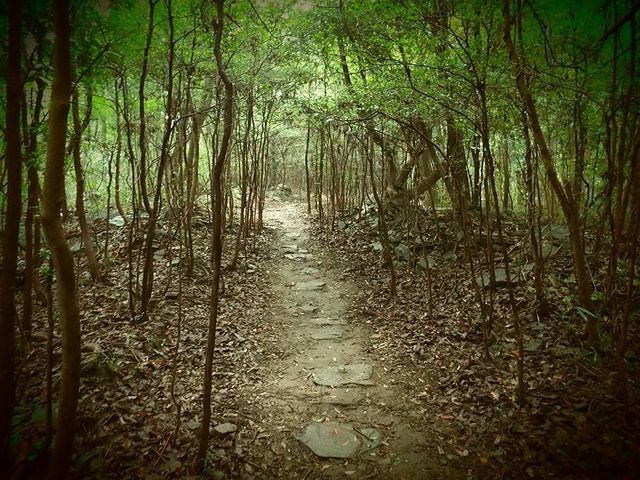
Just down the road is Storm House, an intense collaboration between Janet Cardiff & George Bures Miller, which simulates a storm approaching, raging, and leaving, as visitors sit in a tatami room with the lights flickering and failing. The experience is so realistic that I forgot everything about the actual world outside: the 30 degree humidity and heat, the bicycle I had perched precariously on the side of a cliff, and the snake that slithered across the road right in front of me five minutes beforehand. Instead, I was transported into a world where it was raining too hard to stay outside, so I sat down in the dark and waited until it was over.
Another installation I enjoyed involved another steep and slightly perilous climb through what I can only hope was mud. Tom Na H-ui by Mariko Mori is eerie and unbelievable to see. The artwork is an ominous ovaloid shape emerging from a pond, linked by a computer to the Kamioka Observatory in Hida, Japan, which glows when it receives data of neutrinos generated by supernova explosions (essentially the death of stars). The walk/clamber up doesnüft take long, but is complicated by the need to wear gumboots in order to advance through the sludge. However, when you reach the top and are greeted by this looming shape, itüfs both unsettling and rewarding at once.
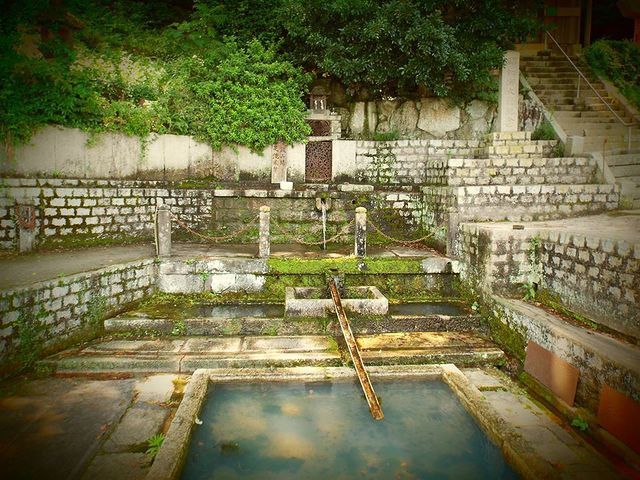
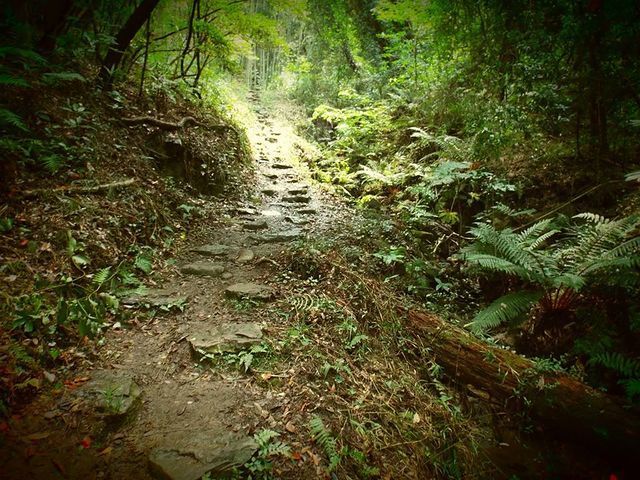
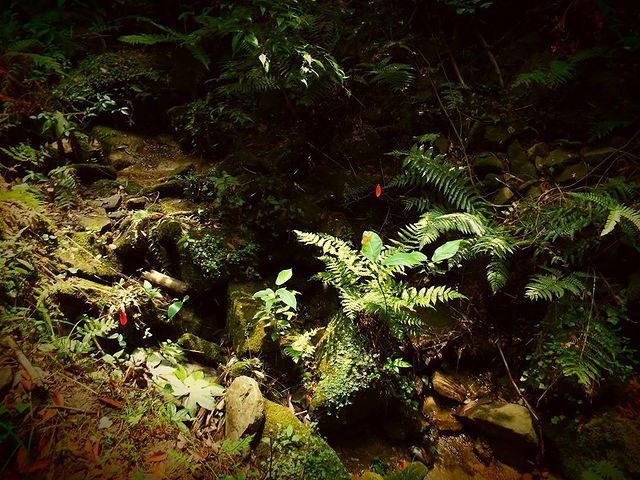
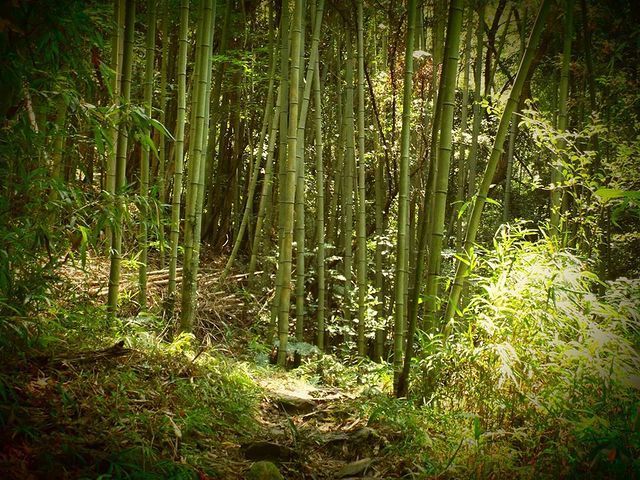
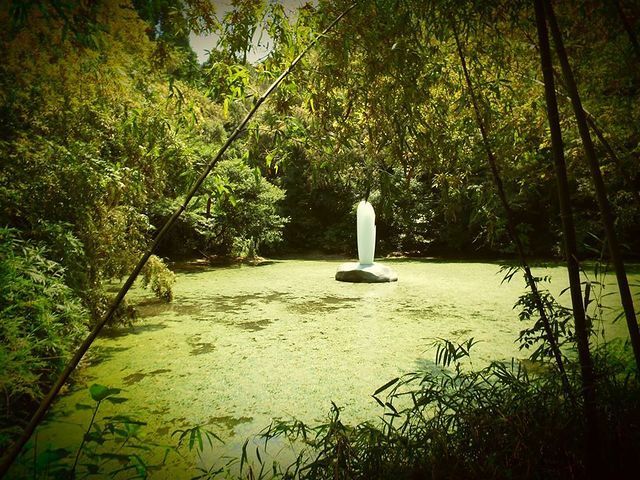
Lastly, the Teshima Art Museum itself is probably the main draw of the island. I thought the way that the museum, despite its alien enormity, appeared on the horizon as a normal part of the landscape was phenomenal. It is positioned to give some of the best views of the island, and even inside of the shell itself, you never feel detached from the nature around it. The way that the water ran across the structure was mesmerising to look at it, and you could easily spend an hour getting lost in there. During the approach to the museum, the scenery also becomes striking, with rice paddies and small beachside cliffs as far as the eye can see.
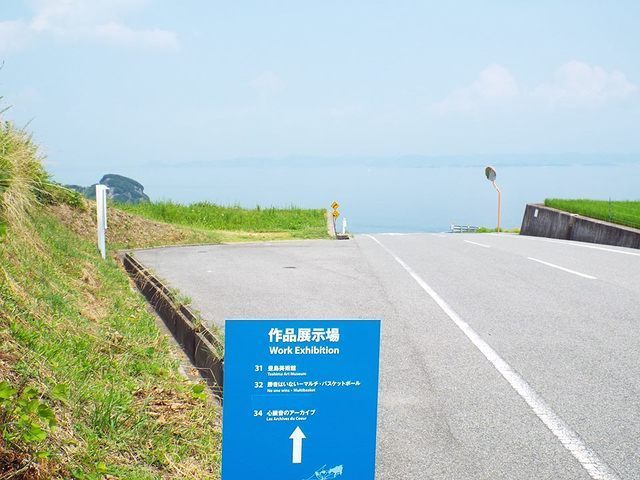
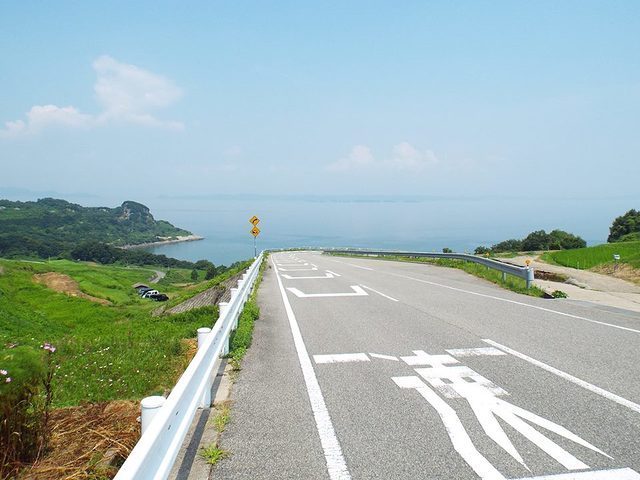

The below excerpt from the official Benesse site sums it up quite succinctly:
"Uniting the creative visions of artist Rei Naito and architect Ryue Nishizawa, Teshima Art Museum stands on a hill on the island of Teshima overlooking the Seto Inland Sea. The museum, which resembles a water droplet at the moment of landing, is located in the corner of a rice terrace that was restored in collaboration with local residents.
Structurally, the building consists of a concrete shell, devoid of pillars, coving a space 40 by 60 meters and with a maximum height of 4.5 meters. Two oval openings in the shell allow wind, sounds, and light of the world outside into this organic space where nature and architecture intimately interconnect. In the interior space, water continuously springs from the ground in a day long motion. This setting, in which nature, art and architecture come together with such limitless harmony, conjures an infinite array of impressions with the passage of seasons and the flow of time." - http://benesse-artsite.jp/en/art/teshima-artmuseum.html.
Teshima was a place that I had wanted to go for a long time, and it really exceeded the expectations I had for it. Biking around the island is a lot of fun (with the electric assistance turned on at least), and overall the area felt a little more untouched than Naoshima, perhaps due to both its larger size and its slightly more remote location. I would definitely recommend it as a place worth visiting for anyone interested in the Triennale festival, art, or beautiful Japanese-style scenery.
| previous post |
|
|
List of Posts:
2016/07/26 - Setouchi Triennale 2016, Summer Season: Teshima. 2016/07/25 - Setouchi Triennale 2016, Summer Season: Naoshima |